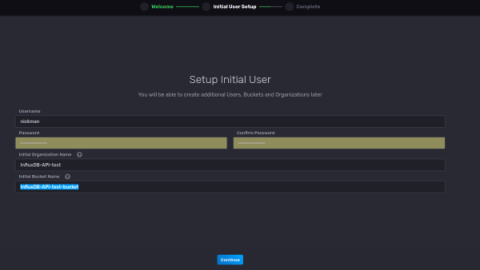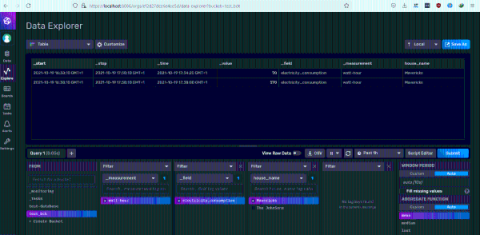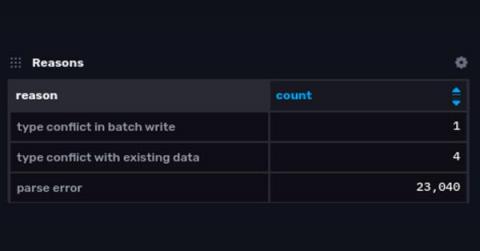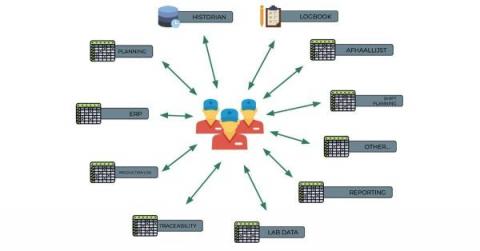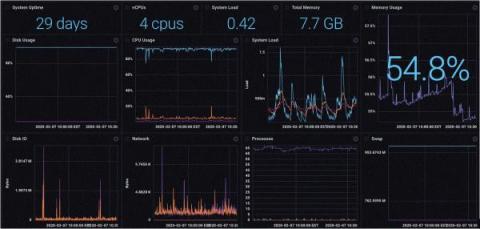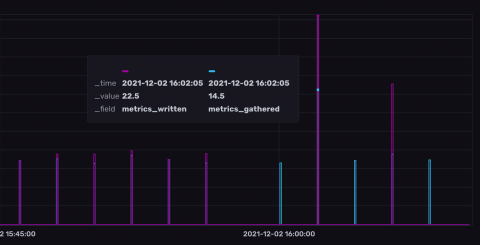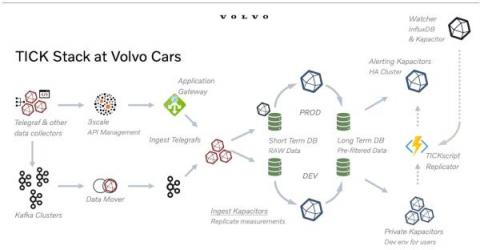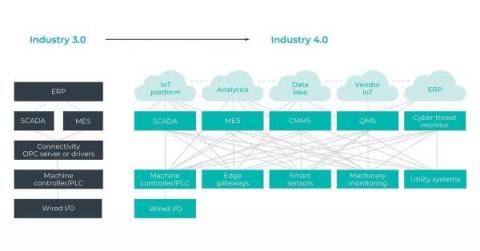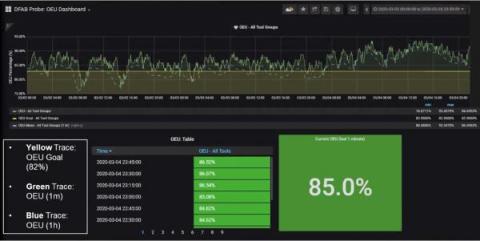Getting Started with the InfluxDB API
This article was written by Nicolas Bohorquez. Scroll below for the author’s picture and bio. Time series databases, like InfluxDB, index data by time. They are very efficient at recording constant streams of data, like server metrics, application monitoring data, sensor reports, and any data containing a timestamp. Data in a time series database is always written with the most recent data values but with the previous values not updated.


